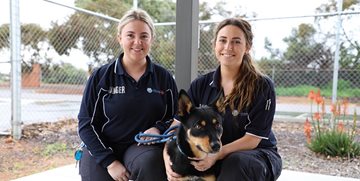WALGA is an independent, member-based, not-for-profit organisation representing and supporting the WA Local Government sector.
Our membership includes all 139 Local Governments in the State, meaning communities around Western Australia benefit from our influence, support and expertise as we help secure better outcomes for WA Local Governments and their communities.
Our vision is for agile and inclusive Local Governments to enhance community wellbeing and enable economic prosperity.
You can find out more about what Local Government in Western Australia is all about, including contact details for your own Local Council on this page.




